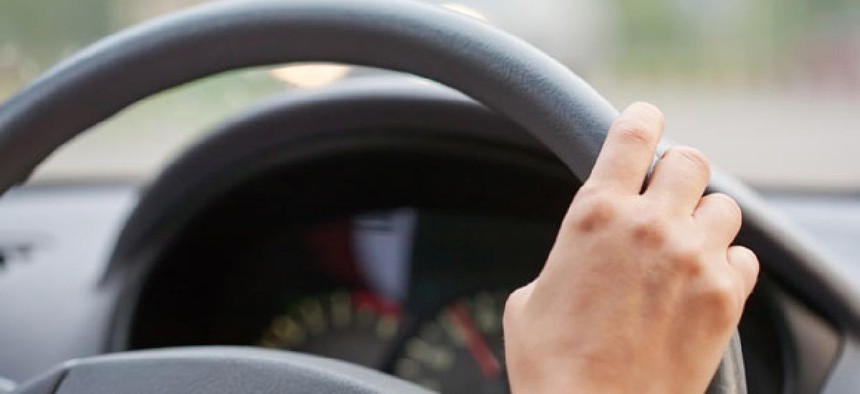Auto industry drops robot chauffeurs in favor of the safest car of all time

Shchipkova Elena/Shutterstock.com
Autonomous cars of the future have sensors.
What's the difference between a robotic car made by Google, and the ones made by actual carmakers? The future, as always, was on display at the Consumer Electronics Show today, where Toyota and Audi unveiled their new autonomous cars of the future — concepts that should not be confused with the Google version, which is a self-driving car. Now, they're pretty much the same thing, with a series of sensors and automated controls that let a car think and act on its own. The much discussed Google car has a camera on top with a special LIDAR sensor and so does Toyota's new Lexus LS sedan. What the Google car doesn't have is a name like the Lexus's: Advanced Active Safety Research Vehicle.
Google chief Eric Schmidt has said that he thinks cars should be able to drive themselves. The auto industry would still like to sell you a driving machine, thank you very much — and make them a lot safer. This may or may not have a lot to do with Toyota's recent struggles based on safety concerns. (Google also uses the Toyota Prius for its robot-driven car.) But, hey, the Lexus is still very cool, what with the high-definition cameras that can detect traffic signals from over 160 yards away, front- and side-facing radar, and sensors that can precisely track the orientation of the car at all times. That sounds pretty accident-proof: When nothing feels wrong, the car lets the driver do the work; when it perceives a threat, the robotic system kicks in.
As you can see with this video of Audi's Pikes Peak TTS research car, the autonomous cars of the industry's future can drive on their own — but they won't:
While Google insists that its robotic chauffeurs will make driving safer by leaving humans out of the driver's seat altogether, a lot of people don't believe that. Plus, when things go wrong, the legal implications get blurry . Humans behind the wheel make a lot of ethical questions disappear — and robot back-up might make people feel better just in case. Plus, having a robot do all the work takes the fun out of driving anyway, right?
( Image via Shchipkova Elena / Shutterstock.com )
NEXT STORY: Could online inmate visits reduce recidivism?


